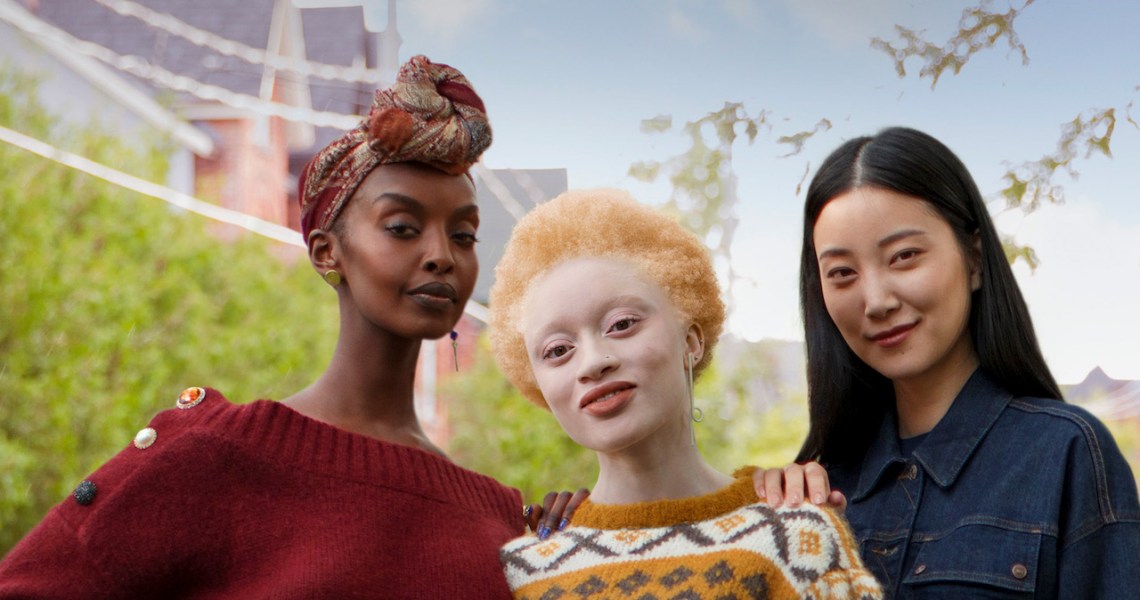Welcome to the Glossy+ Research Briefing, your weekly curation of fashion and beauty research insights. Glossy+ members have full access to the research below.
In this edition, we share focal points from Glossy’s second installment of our CMO Strategies series, which analyzes the retail media landscape and its role in marketers’ playbooks.
Interested in sharing your perspectives on the future of fashion, luxury and beauty?
Apply to join the Glossy research panel.
38% of marketers use retail media channels
This is the second installment of a multi-part series covering CMO strategies across marketing channels. The first report examined budget allocations across social media platforms. Keep an eye out for an upcoming report on display advertising.
Retail media’s popularity as a marketing channel has been increasing the last few years, as brands large and small are jumping on ways to make their commerce platforms a welcome home to outside advertising. More than one-third of marketers (38%) said they use retail media advertising, according to Glossy’s newly released second installment of our CMO Strategies series. That puts it just behind retailers’ use of display ads and social media.
Although CPG companies originally dominated the retail media ad space due to their focus on advertising within retail media networks (RMN), which often include in-store ads, other industries, such as apparel, have started investing in the channel to take advantage of retailer attribution and data capabilities.
Footwear brand Clarks, for example, has achieved significant marketing success by investing in multiple RMNs since 2020. Along with gaining access to first-party data on shoppers, Clarks leverages the networks to sell exclusive items only available through that retailer.
Ad position: web_incontent_pos1
Key findings:
- The majority of marketer respondents said that they measure retail media success via commerce or sales rather than awareness metrics like impressions or engagement – 95% of marketers said commerce or sales was the primary measurement of success versus 12% and 5% for impressions and engagement.
- Cost of media is the biggest challenge facing retail media, with 92% of survey respondents saying cost of media was their largest concern – also a common concern for marketers across other channels.
Ad position: web_incontent_pos2
Research Rewind: Beauty brand educators are best influencer partners for unpaid, informative collaborations
This is the first installment of Glossy’s two-part YouTube Influencer Index series that looks at the types of influencers that best fit various marketing objectives. The second installment examines the types of video content brands should keep in mind when developing a YouTube partnership.
In case you weren’t able to attend Glossy’s Beauty Pop event in L.A. in July, where brand leaders and influencers came together for a collaborative day of intimate discussions, panels and networking, we’ve still got you covered with some key findings from the first installment of Glossy’s recently released YouTube Influencer Index.
For marketers seeking to hone in on specific audiences, beauty brand educators and industry veterans Caroline Hirons (@CarolineHirons01 on YouTube; 255,000 subscribers) and Rose Siard (@makeupbyrosexoxo on YouTube; 81,500 subscribers) are optimal influencer partners for speaking directly to consumers. As trained aestheticians and makeup artists, their focus is on relaying beauty information, including valuable technical knowledge that can be helpful in the highly saturated and often bewildering beauty market.
It is important to note, Hirons and Siard both posted very few times during the data collection period. Because of this, their scores – especially for audience reach – were much lower than the rest of the influencer group. Additionally, Hirons and Siard didn’t use their platforms for traditional promotional content — it was either clear in the video descriptions that the videos were not sponsored, or no clear ad placements were made and no affiliate links were included.
Key findings:
- To best collaborate with these types of influencers, it benefits brands to allow them to speak to their audience in the manner most natural to them. For Hirons and Siard, expertise-backed in-depth tutorials and interviews with brand founders are the way to go.
- Although Hirons and Siard didn’t post sponsored content last year, the strength of partnering with influencers like these is the expert “stamp of approval” they can provide for brands and the access to a niche community in a fragmented social space.
See research from all Digiday Media Brands:




